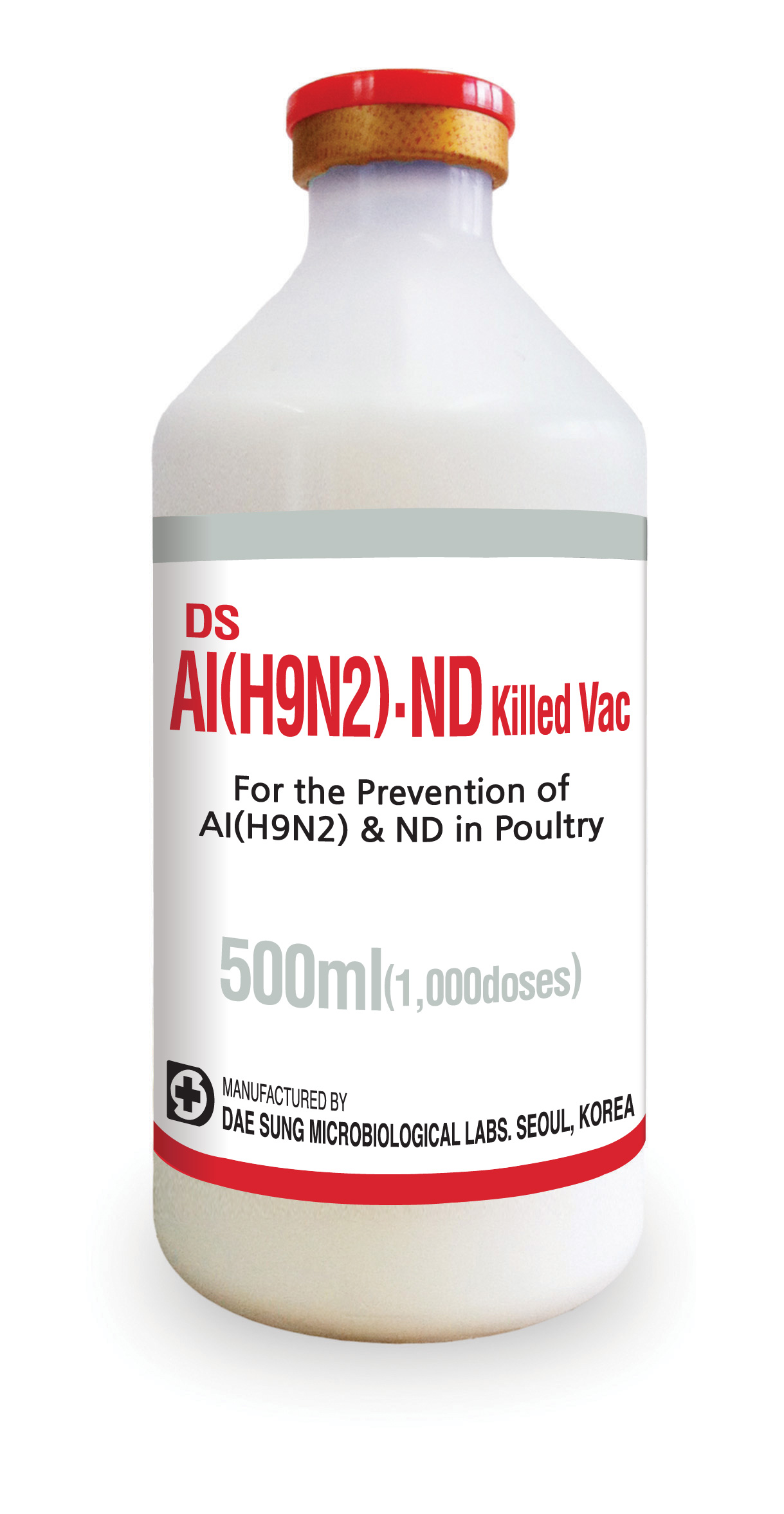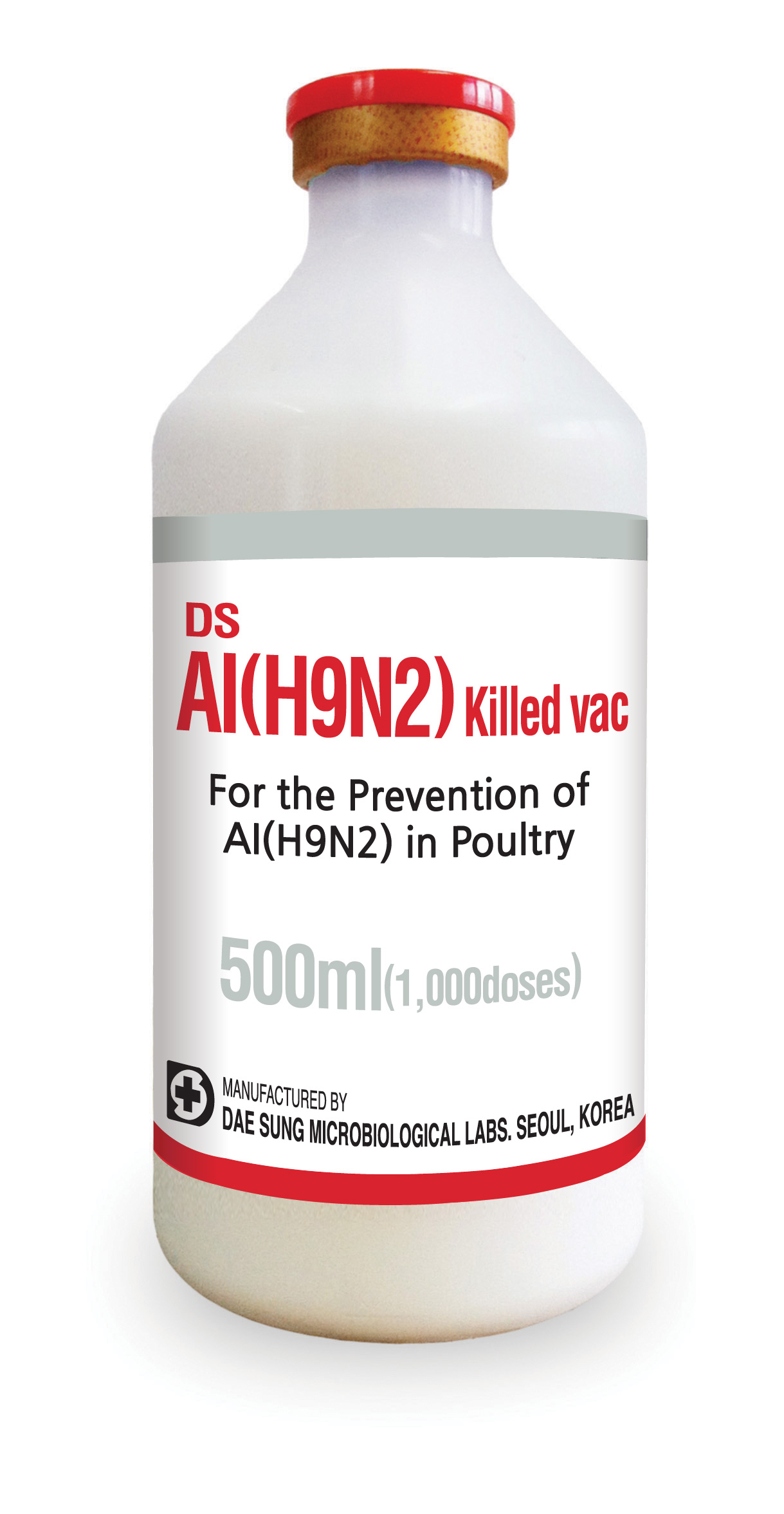Poultry
Home
·
Disease
·
Poultry
The variety pathogenicity and the fast propagation. chickens, turkeys, wild birds, etc. are susceptible to many
types of birds. Mainly chickens and acute viral infectious disease that damages the turkey, even if the infection
does not appear well clinical symptoms in duck. If HPAI occurs, including the country and that most countries in
the world to buy and dispose of the occurrence countries can not export poultry products.
1) Agent
Classified as Avian Influenza Virus (AIV) and in accordance with the pathogenic HPAI (Highly Pathogenic Avian Influenza), LPAI (Low Pathogenic Avian Influenza), NPAI (Non Pathogenic Avian Influenza).
AIV poultry and virus infection (chicken, turkey, duck, etc.) Human IV, Porcine IV, Equine IV also has, H serotypes 15 kinds, N serotype 9 kinds are, and arithmetically possible presence serotypes 135 kinds of serotypes with (15 × 9). Serotype H3N2, H9N2 viruses are pathogenic and significant association represents the like.
2) Epidemiology
AIV can be spread by direct contact, a splash, and water and the most important propagation methods is direct contact of feces, people's feet, feed cars, appliances, equipment, and bury the faeces in the egg surface is directly spread to other chickens. Duck (duck, partridge), geese, quail, etc. are discharged into the feces virus without symptoms is good but infected with AIV.
Although transmission through the egg not occurs, it may be spread through the fecal-contaminated egg shell movement of stock egg and chicks produced in the disease breeders are able to spread the disease. The virus can survive in feces are more than 35 days at least 4 ℃, 1 grams feces contaminated with the virus can infect the full capacity of about 1million chickens.
3) Clinical Signs
Clinical symptoms vary depending on the virulence of the virus, and respiratory symptoms, diarrhea, rapid reduction in egg production, cyanosis in head part, combs, mortality ( 0-100% ) and egg production ( 40-50% ) also vary depending on the virulence of the virus or stop egg lay.


< HPAI >
The pathogenic AIV is very diverse and pathogenicity is classified under the terms World Organization for Animal
Health (OIE) has established, represents a wide range of mortality HPAI has been classified as Class A in
accordance with the OIE pathogenicity.
HPAI is a disease which is important in high mortality and the trade in animal products between countries clothe the enormous economic damage by causing severe egg production decreases up to 100%, when HPAI has occurred, including the country most of the countries and spread the flesh disposal policy. It is strictly limited to
the poultry product imports from countries HPAI occurs.
4) Prevention
AIV is weak to the general effective antiseptic, salt disinfectant formulation, hypochlorite preparation, cyanate sodium agents, aldehydes agents, formaldehyde agents, surface active agents, such as commercially available are many types of disinfectants present, the use of the manufacturer, It should be used properly according to the use instruction.
The region or a specific time entering this concern and encouraged to carry out disinfection daily against the inside and outside, poultry, farmer and general manager, etc. Employees should be to enter into a farm after disinfection, etc. must limbs, clothing when returning home after going out.
Chicken (duck) slaughterhouses concessionaires chicken (duck) against the carrying vehicle, should be disinfected and washed thoroughly, poultry farms, so duck, etc. farmhouse not radiate poultry and, if inevitable wild birds striking the net to avoid contact with poultry precautions such as is required. Also ensure that wild birds do not hold together not leave the farm to feed in the feeders such farms.
types of birds. Mainly chickens and acute viral infectious disease that damages the turkey, even if the infection
does not appear well clinical symptoms in duck. If HPAI occurs, including the country and that most countries in
the world to buy and dispose of the occurrence countries can not export poultry products.
1) Agent
Classified as Avian Influenza Virus (AIV) and in accordance with the pathogenic HPAI (Highly Pathogenic Avian Influenza), LPAI (Low Pathogenic Avian Influenza), NPAI (Non Pathogenic Avian Influenza).
AIV poultry and virus infection (chicken, turkey, duck, etc.) Human IV, Porcine IV, Equine IV also has, H serotypes 15 kinds, N serotype 9 kinds are, and arithmetically possible presence serotypes 135 kinds of serotypes with (15 × 9). Serotype H3N2, H9N2 viruses are pathogenic and significant association represents the like.
2) Epidemiology
AIV can be spread by direct contact, a splash, and water and the most important propagation methods is direct contact of feces, people's feet, feed cars, appliances, equipment, and bury the faeces in the egg surface is directly spread to other chickens. Duck (duck, partridge), geese, quail, etc. are discharged into the feces virus without symptoms is good but infected with AIV.
Although transmission through the egg not occurs, it may be spread through the fecal-contaminated egg shell movement of stock egg and chicks produced in the disease breeders are able to spread the disease. The virus can survive in feces are more than 35 days at least 4 ℃, 1 grams feces contaminated with the virus can infect the full capacity of about 1million chickens.
3) Clinical Signs
Clinical symptoms vary depending on the virulence of the virus, and respiratory symptoms, diarrhea, rapid reduction in egg production, cyanosis in head part, combs, mortality ( 0-100% ) and egg production ( 40-50% ) also vary depending on the virulence of the virus or stop egg lay.


< HPAI >
The pathogenic AIV is very diverse and pathogenicity is classified under the terms World Organization for Animal
Health (OIE) has established, represents a wide range of mortality HPAI has been classified as Class A in
accordance with the OIE pathogenicity.
HPAI is a disease which is important in high mortality and the trade in animal products between countries clothe the enormous economic damage by causing severe egg production decreases up to 100%, when HPAI has occurred, including the country most of the countries and spread the flesh disposal policy. It is strictly limited to
the poultry product imports from countries HPAI occurs.
4) Prevention
AIV is weak to the general effective antiseptic, salt disinfectant formulation, hypochlorite preparation, cyanate sodium agents, aldehydes agents, formaldehyde agents, surface active agents, such as commercially available are many types of disinfectants present, the use of the manufacturer, It should be used properly according to the use instruction.
The region or a specific time entering this concern and encouraged to carry out disinfection daily against the inside and outside, poultry, farmer and general manager, etc. Employees should be to enter into a farm after disinfection, etc. must limbs, clothing when returning home after going out.
Chicken (duck) slaughterhouses concessionaires chicken (duck) against the carrying vehicle, should be disinfected and washed thoroughly, poultry farms, so duck, etc. farmhouse not radiate poultry and, if inevitable wild birds striking the net to avoid contact with poultry precautions such as is required. Also ensure that wild birds do not hold together not leave the farm to feed in the feeders such farms.






